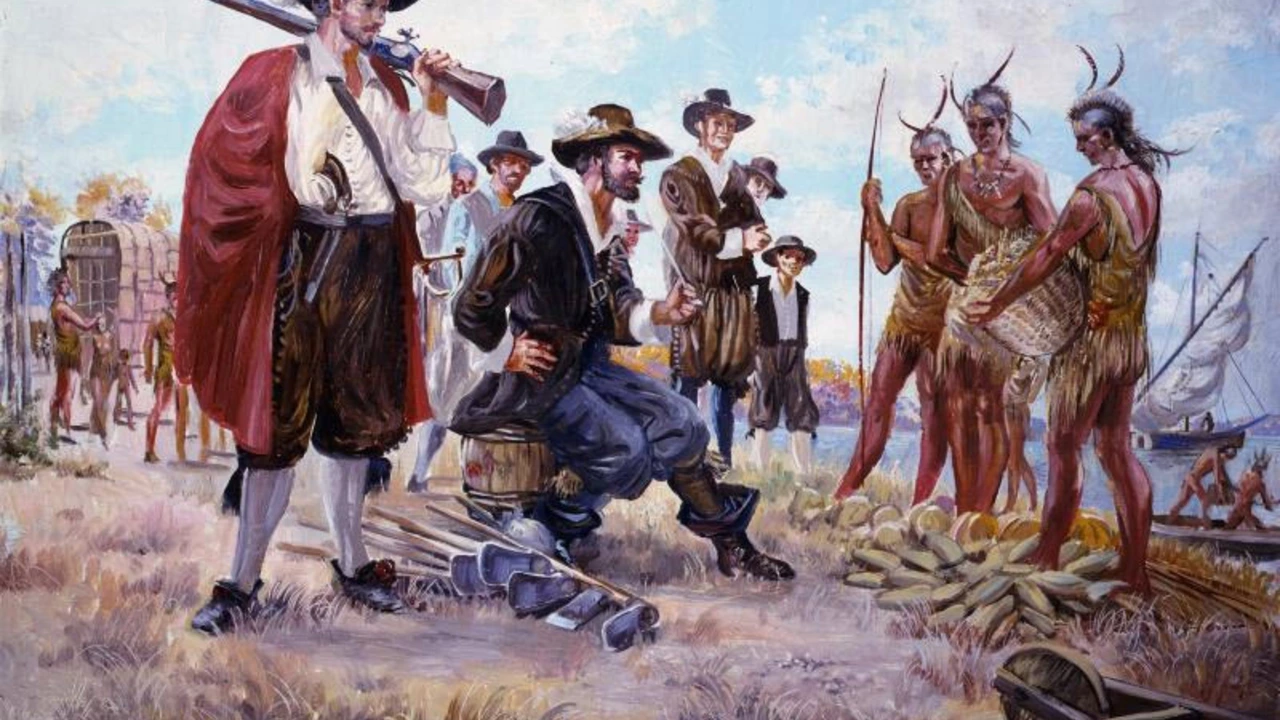Who Lived in California Before Americans?
Ever wonder what California looked like before the Gold Rush and Hollywood? Long before the state's name was on any map, diverse Native American tribes called the land home. These peoples weren’t just wandering groups; they had deep connections to the valleys, coastlines, and forests that still define California today.
Meet the Major Tribes
The Chumash lived along the central and southern coast, mastering ocean life. They built plank canoes, fished for abalone, and made intricate rock art. A few miles inland, the Tongva (or Gabrielino) dominated the Los Angeles basin. Their villages were linked by well‑kept trails, and they cultivated wild grasses and berries. Up north, the Miwok spread across the Sierra Nevada foothills and the Bay Area, hunting deer and gathering acorns, which were a staple food.
Each tribe had its own language, customs, and social structure, but they all shared a respect for the land. They read the seasons, knew which plants were medicine, and held ceremonies that tied them to the earth. Their knowledge wasn’t written down; it was passed through stories, songs, and daily practice.
Spanish Contact and Its Impact
When Spanish explorers arrived in the 1500s, everything shifted. Missions sprang up along the coast, aiming to convert Native peoples to Christianity. The Chumash, for example, were forced into the San Luis Obispo and Santa Barbara missions, where they learned new crafts but also lost autonomy.
The Spanish brought new tools, animals, and crops, but they also introduced disease and disrupted tribal economies. Many communities shrank dramatically, and some vanished entirely. Still, the spirit of those cultures survived, blending with later influences.
By the 19th century, the Gold Rush poured waves of settlers from around the world into California. This influx added layers of Mexican, Chinese, and European cultures, creating the melting pot we see today. Yet the original tribes left an indelible mark—place names like “Yosemite,” “Mono,” and “Mojave” still echo their languages.
If you walk the California coast or hike the Sierra Nevada foothills, you’re treading on lands shaped by thousands of years of indigenous stewardship. The canyons, rivers, and redwoods all bear silent testimony to the peoples who first called this place home.
Understanding this history helps us appreciate the rich tapestry of cultures woven into California’s identity. It also reminds us that the story of any place starts long before modern borders are drawn.





